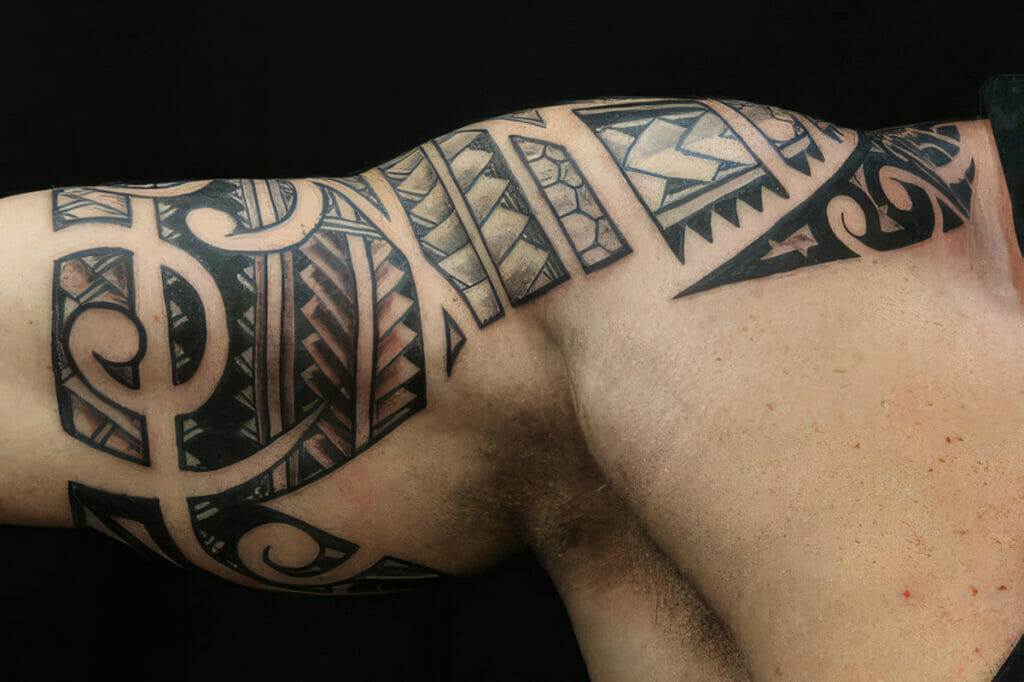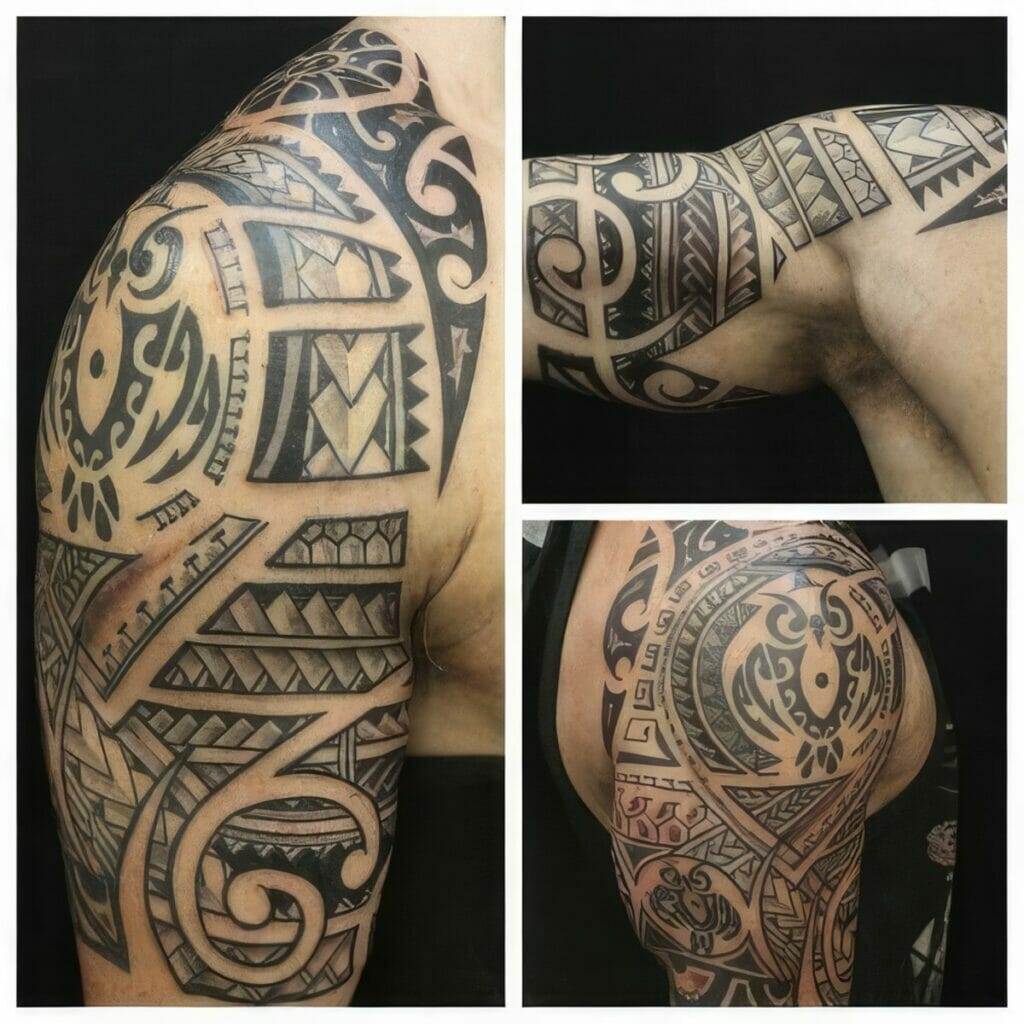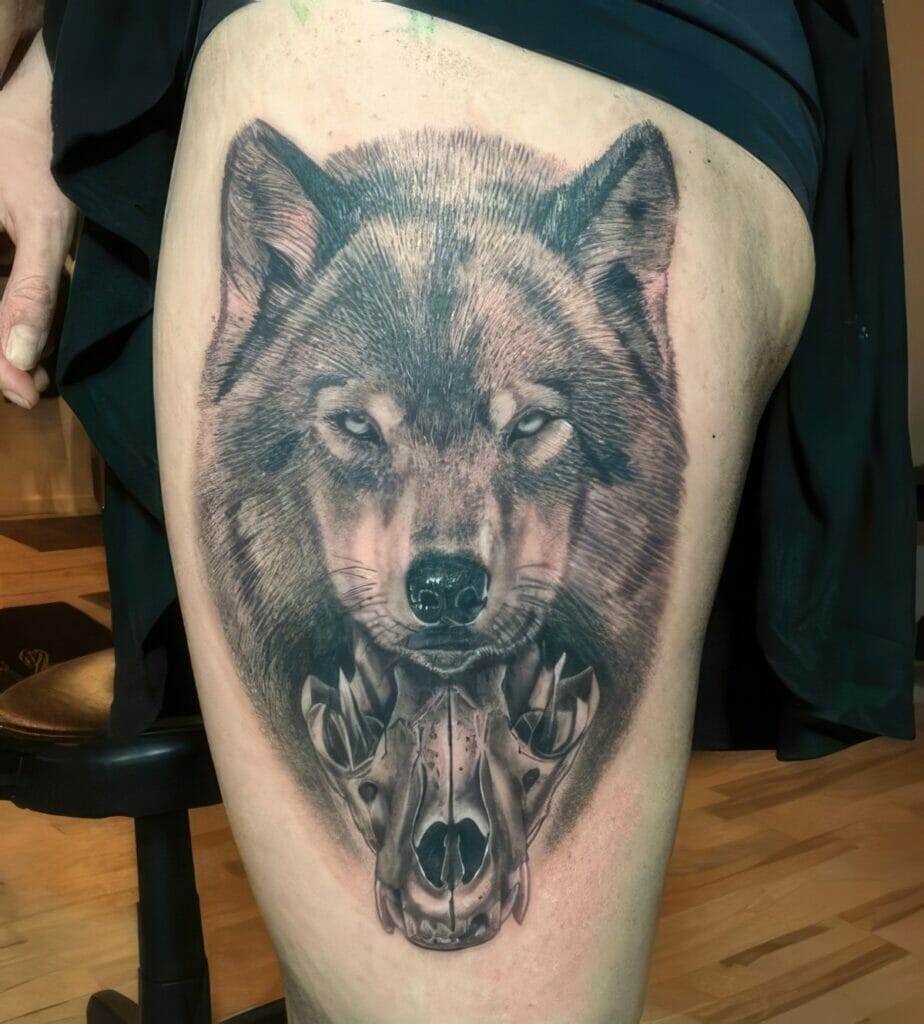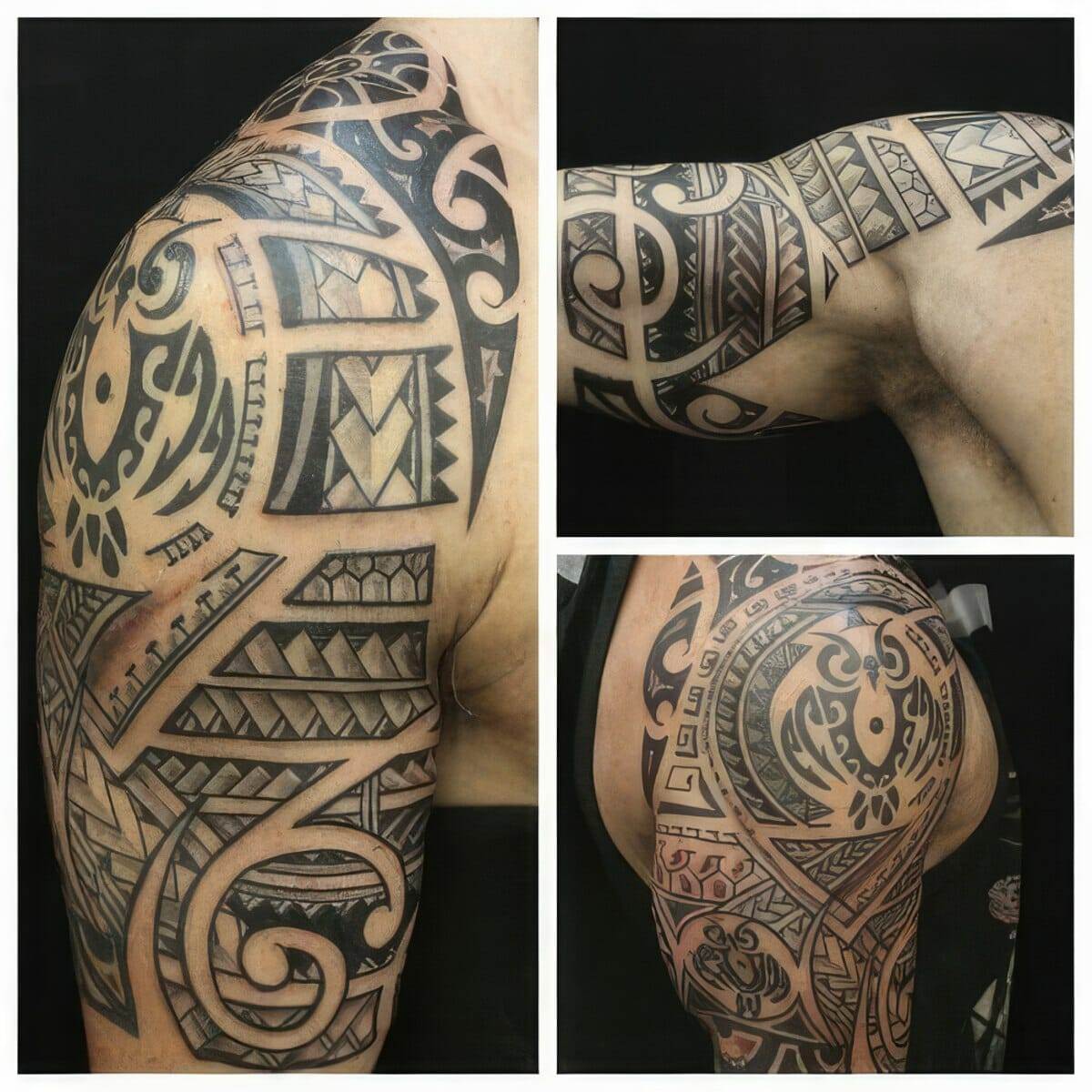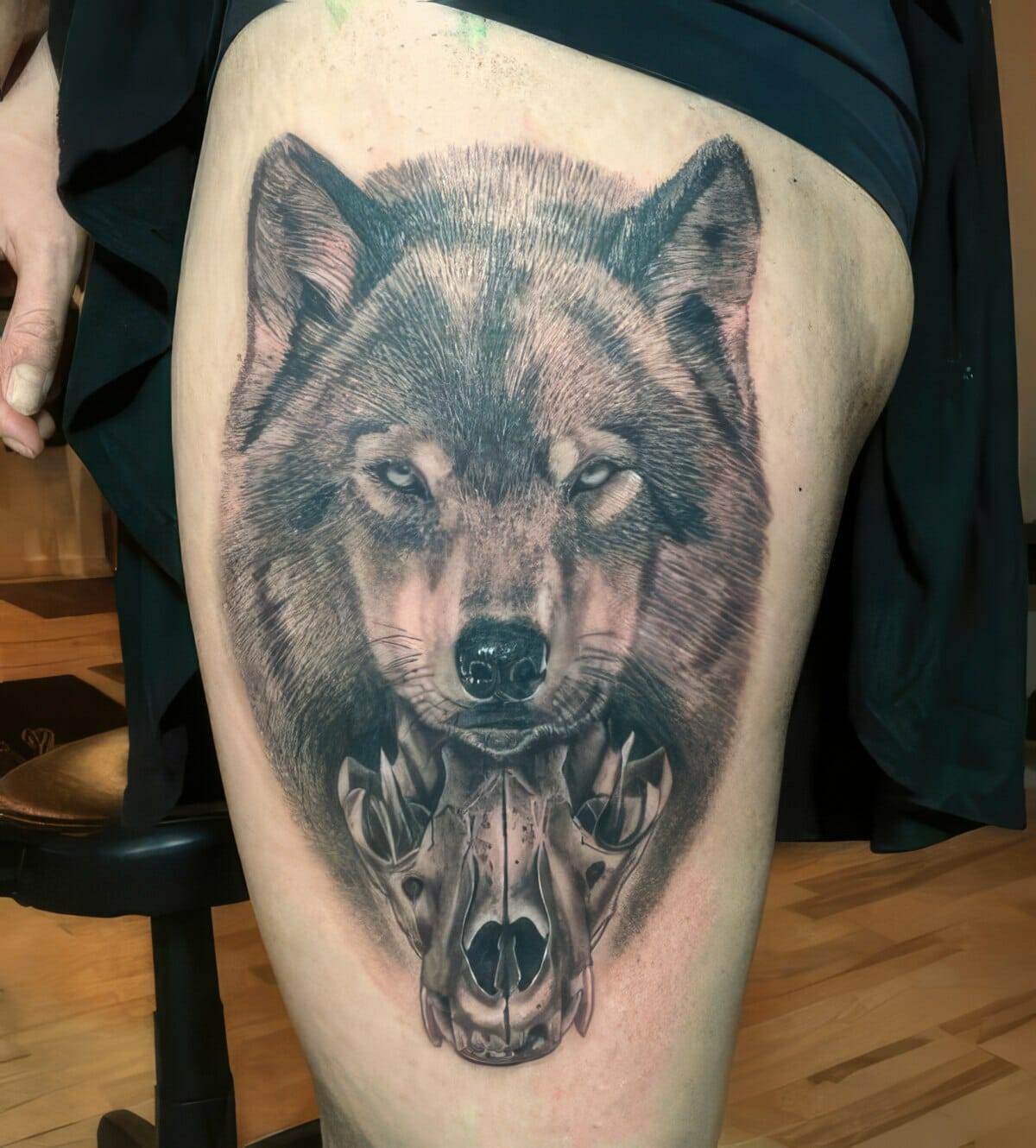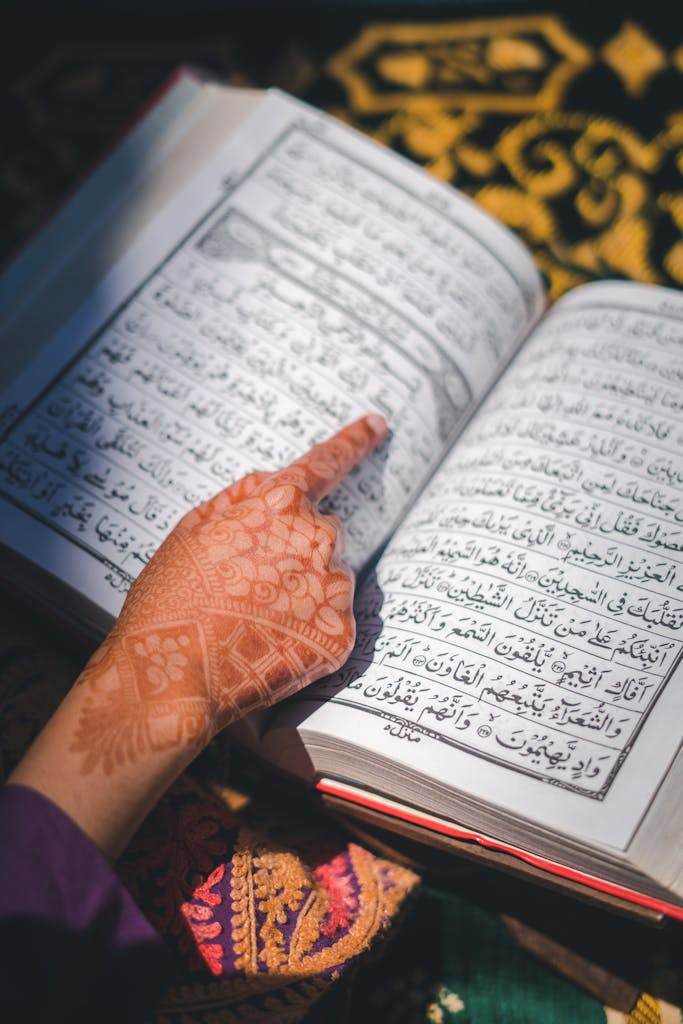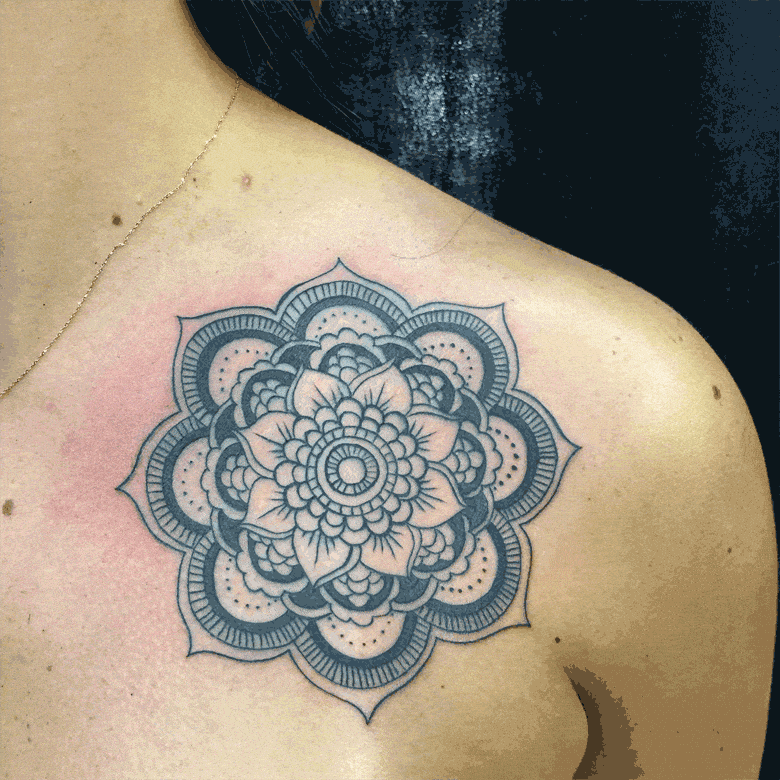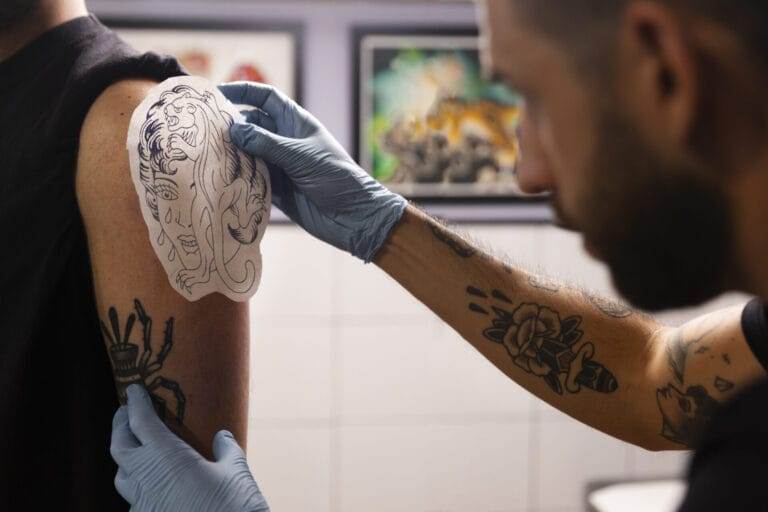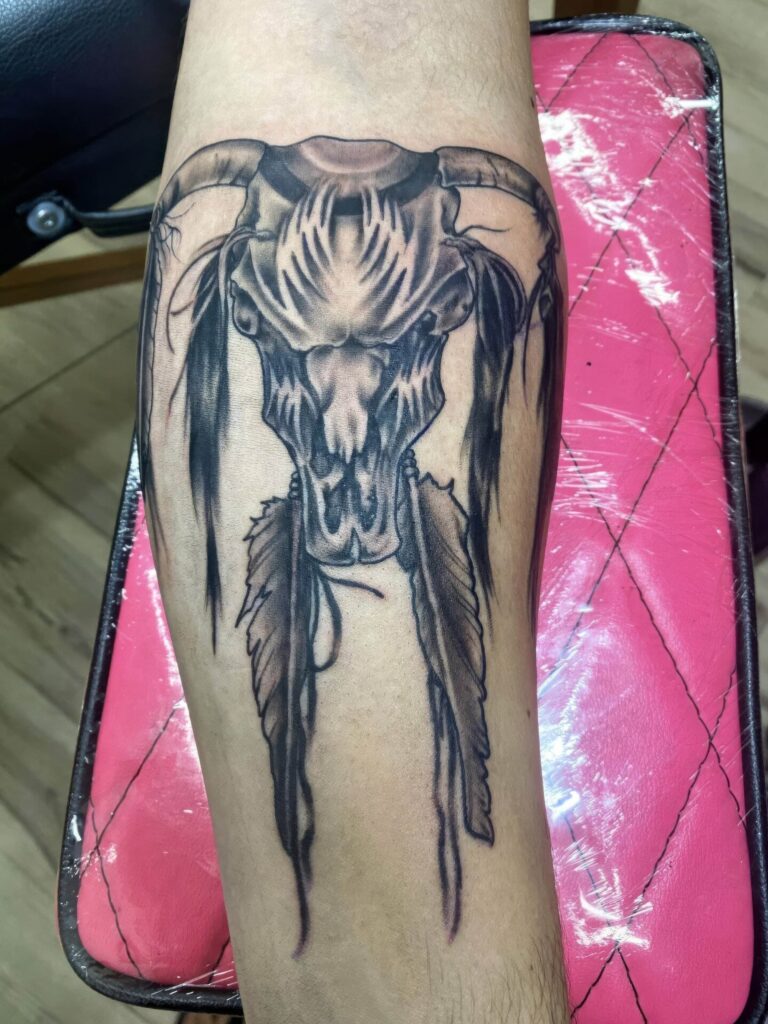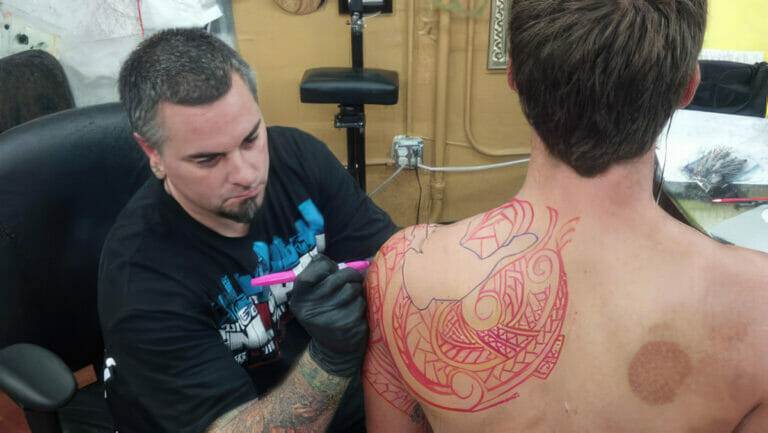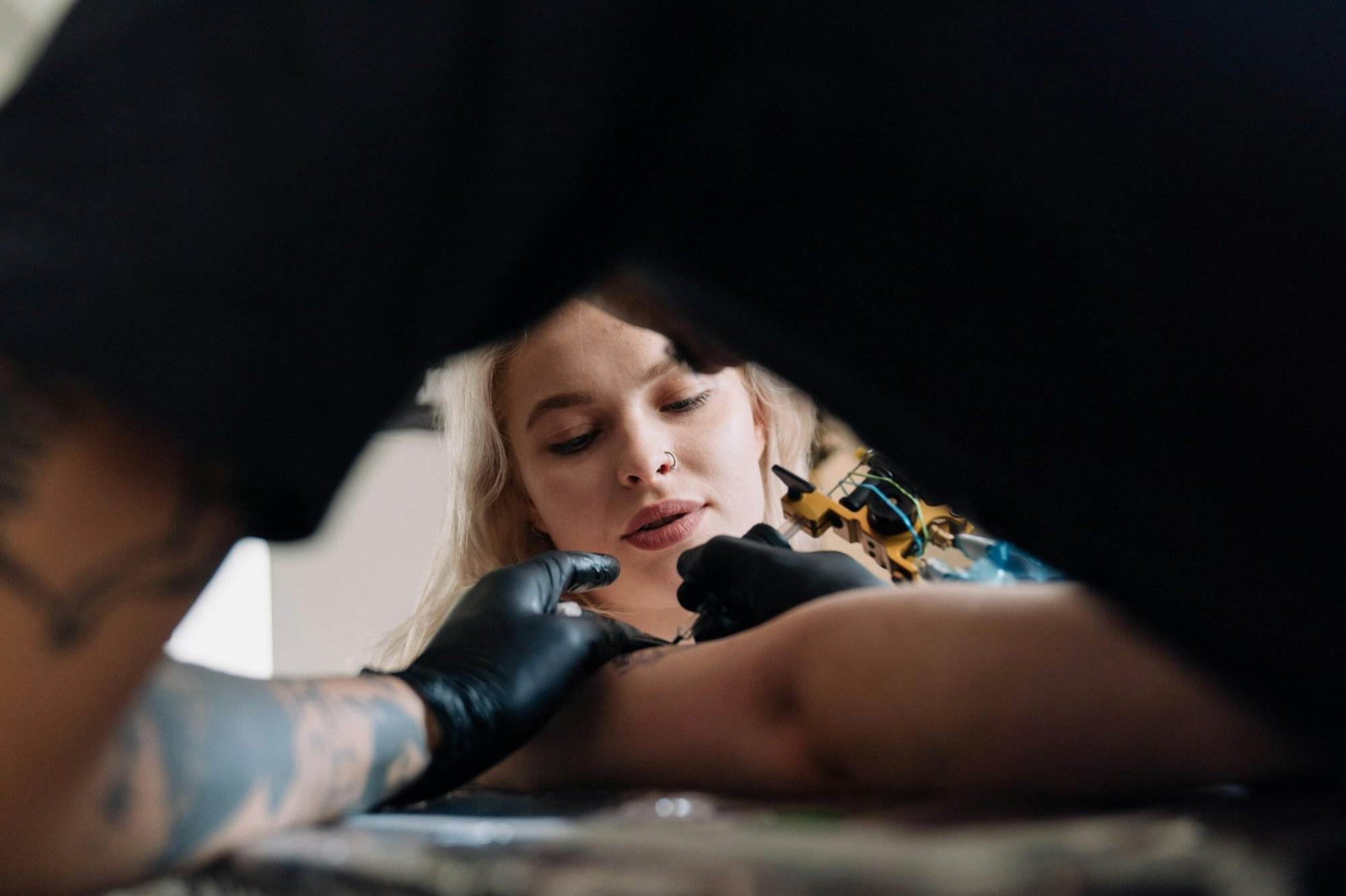
Introduction
History of Tattoos
Tattoos have a rich and intriguing history that dates back thousands of years. Archaeological evidence reveals that ancient civilisations, ranging from the Egyptians to the indigenous tribes of the Pacific Islands, adorned their bodies with ink.
- The oldest known tattooed human remains, Ötzi the Iceman, featured over 60 tattoos, often believed to have been used for therapeutic purposes.
- In Polynesian cultures, tattoos represented social status and were integral to tribal identity, with each design telling a story unique to the individual.
As various cultures interacted throughout history, tattooing evolved from a practice of tribal significance to a broader artistic medium.
Importance of Tattoo Symbolism
Beyond aesthetics, tattoos possess deep personal and cultural symbolism. Each symbol can convey powerful messages about identity, beliefs, and experiences. For instance, a lotus flower might signify rebirth and purity, while an anchor could represent stability and hope. Understanding these meanings helps individuals choose tattoos that resonate with their personal journeys. Moreover, tattoos can serve as:
- A tribute to loved ones
- Marks of personal evolution
- Expressions of resilience
In essence, tattoo symbolism enriches not only the art itself but also the stories behind the individuals who wear them. This foundational understanding paves the way for exploring the cultural significance of tattoos in the sections that follow.
Cultural Significance of Tattoos
Traditional Symbolism
As we delve deeper into the cultural significance of tattoos, it becomes evident that traditional symbolism plays an essential role in many societies. Historically, tattoos have served as markers of life events, social status, and spirituality. In various cultures, specific symbols carry unique meanings, such as:
- Maori Tattoos (Ta Moko): These intricate designs illustrate lineage and social rank, with every curve and swirl narrating a person’s history.
- Native American Tattoos: Often depict animal spirits or tribal affiliations, symbolizing strength and connection to nature.
These traditional tattoos are not merely decorations; they encapsulate a way of life and identity.
Contemporary Interpretations
In recent years, the interpretation of tattoos has shifted significantly. Today, tattoos are often viewed through a more individualistic lens, allowing for personal expression and creativity. As society evolves, new meanings emerge:
- Self-Expression: Many individuals choose tattoos as a form of storytelling, reflecting their personal narratives and experiences.
- Fashion Statement: Some view tattoos as an art form, valuing the aesthetic appeal and stylistic trends.
Thus, while traditional tattoos are steeped in cultural significance, contemporary interpretations enable individuals from various backgrounds to create their unique tattoo identities, blending heritage with personal significance. This rich interplay adds depth to the ever-evolving world of tattoo symbolism.
Common Tattoo Symbols
Animals
Transitioning into the realm of common tattoo symbols, one cannot overlook the profound significance of animal motifs. Animals have been prevalent in tattoo designs across cultures for centuries, each representing unique qualities or traits. For example:
- Lions: Often symbolize bravery and strength, making this majestic creature a popular choice for those who wish to convey courage.
- Owl: Represents wisdom and knowledge, appealing to those on a journey of personal growth and learning.
- Butterflies: Commonly associated with transformation and change, they resonate deeply with individuals who have undergone significant life shifts.
These animal symbols connect the wearer with deeper meanings, often reflecting their personalities or life experiences.
Religious Symbols
Similarly, religious symbols hold a prominent place in tattoo culture, serving as expressions of faith and spirituality. Many individuals choose religious imagery to honor their beliefs and values. Some common religious symbols include:
- Cross: A powerful emblem of Christianity, it represents sacrifice, faith, and redemption.
- Om: In Hinduism and Buddhism, the Om symbol conveys the essence of the universe and spiritual enlightenment.
- Star of David: Represents Jewish identity and heritage, embodying strength and pride.
These religious tattoos often serve as reminders of one’s faith and guiding principles, providing comfort and strength in daily life. In essence, both animal and religious symbols enrich the tapestry of tattoo art, intertwining personal beliefs with artistic expression.
Tattoo Symbolism in Different Cultures
Japanese Tattoos
Exploring tattoo symbolism in different cultures leads us to the rich tradition of Japanese tattoos, known as Irezumi. These intricate designs often depict a blend of nature, mythology, and spirituality, each element brimming with meaning. For example:
- Koi Fish: Representing perseverance and strength, koi fish tattoos are often associated with overcoming adversity.
- Cherry Blossoms (Sakura): Symbolize the transience of life, reminding wearers of life’s fleeting beauty.
Japanese tattoos are also recognized for their intricate artistry, showcasing elaborate full-body designs that narrate powerful stories, often embodying the wearer’s values and aspirations.
Celtic Tattoos
In contrast, Celtic tattoos showcase the rich heritage of the Celtic cultures, marked by intricate knots and patterns, often symbolizing eternity and interconnectedness. Key symbols include:
- Celtic Knots: Represent the idea of infinity and the cycle of life, making them ideal for those who value continuity and connection.
- Triskelion: This three-spiral symbol embodies the triad concept, linking life, death, and rebirth.
Both Japanese and Celtic tattoos serve as profound reflections of cultural history, blending artistry with meaningful symbolism. Their unique designs continue to inspire tattoo enthusiasts, highlighting the diverse ways in which cultures express identity through body art.
Personalized Symbolism
Birthdate Tattoos
As we delve further into the realm of personalized symbolism in tattoos, birthdate tattoos hold a special place in many people’s hearts. These designs often represent a pivotal moment in one’s life—such as a birthday or the birth of a child—transforming a simple date into a lifelong memento. Common styles for birthdate tattoos include:
- Roman Numerals: This classic approach adds a timeless elegance, transforming a date into a sophisticated piece of art.
- Coordinates: Some choose to ink the geographical coordinates of a birthplace, symbolizing a deep connection to their roots.
Birthdate tattoos not only celebrate milestones but also serve as reminders of the people and moments that shape our lives.
Memorial Tattoos
On the more poignant side, memorial tattoos provide a powerful way to honor and remember loved ones who have passed. These tattoos can encapsulate a range of emotions, from grief to love, serving as a permanent tribute to those we cherish. Examples include:
- Initials or Names: Simple yet meaningful, many opt for a loved one’s name or initials in a beautiful font.
- Symbols: Significant objects, like a favorite flower or a meaningful quote, can also personalize the memorial experience.
Together, birthdate and memorial tattoos reflect personal narratives filled with love, loss, and cherished memories, transforming the skin into a canvas that tells individual stories through personalized symbolism.
Interpretation of Colors in Tattoos
Black and Grey Tattoos
Transitioning to the subject of color in tattoos, black and grey tattoos stand out for their timeless elegance and versatility. Often favored for their stark, dramatic look, these designs can convey a broad spectrum of emotions and meanings. Key interpretations include:
- Depth and Shadow: Black and grey tattoos utilize shading techniques that create a three-dimensional effect, making designs appear more lifelike and profound.
- Simplistic Beauty: Many individuals opt for this style to maintain simplicity while still making a powerful statement, often choosing intricate line art or portraits.
This color palette allows for immense creativity, making it a popular choice for both large-scale and subtle pieces.
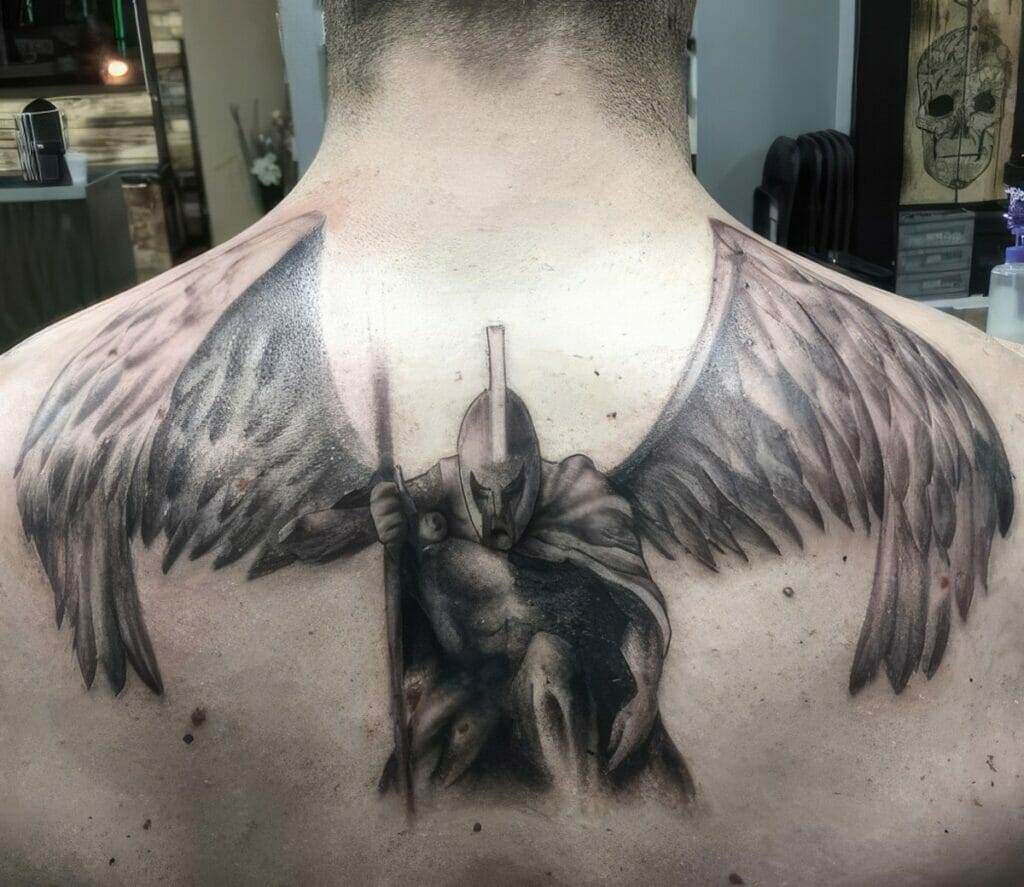
Colorful Tattoos
Contrasting with the monochrome approach, colorful tattoos burst with vibrancy and life. These tattoos often attract attention and can evoke strong emotions, easily capturing the essence of the subject matter. For instance:
- Bright Hues: Each color symbolizes different emotions—red for passion, blue for serenity, and yellow for positivity, helping convey the wearer’s feelings and personality.
- Storytelling: Vibrant colors can enhance narratives, allowing detailed designs like flowers or landscapes to come alive, telling a richer story than black and grey alone.
Ultimately, whether opting for black and grey or vibrant colors, the choice profoundly impacts the tattoo’s overall significance, reflecting the individuality of the wearer while embodying their personal stories through color interpretation.

Symbolism Behind Placement
Hand Tattoos
Continuing our exploration of tattoo symbolism, the placement of tattoos adds another layer of meaning to the art. Hand tattoos, for instance, are often seen as bold statements. Choosing to ink one’s hands reflects a desire for visibility, as they are among the most exposed parts of the body. Key considerations for hand tattoos include:
- Visibility and Boldness: Many wearers seek attention and empowerment through hand tattoos, which can express confidence and individuality.
- Cultural Associations: In some cultures, hand tattoos signify protective symbols, acting as talismans against negative energy or influences.
The meaning can also fluctuate based on the tattoo’s design, whether it be intricate patterns or significant symbols.
Neck Tattoos
Conversely, neck tattoos also carry significant symbolism, often associated with strong personal beliefs or milestones. As they are highly visible, neck tattoos serve as powerful expressions of identity. Some aspects to consider:
- Expressiveness: A tattoo on the neck can embody one’s core values or life philosophy, making it a canvas for deeply personal designs.
- Commitment: Because of their conspicuous position, neck tattoos may connotate a level of commitment to a lifestyle or belief system, showcasing the wearer’s dedication.
In summary, the symbolism behind tattoo placement, whether on the hands or neck, enriches the narrative of the tattoo itself, creating a bridge between personal expression and visual storytelling.
Evolution of Tattoo Symbolism
Modern Trends
As we look at the evolution of tattoo symbolism today, it’s intriguing to see how modern trends have shaped what tattoos mean for individuals. Unlike past centuries, where symbolism was often deeply tied to cultural identity or societal roles, today’s tattoos frequently reflect personal narratives and contemporary ideals. Current trends include:
- Minimalism: Simple designs allowing for personal reflection and subtlety are gaining popularity, often imparting deep meanings without complexity.
- Geometric Patterns: These tattoos have surged in popularity as symbols of balance and structure, appealing to those who appreciate both art and meaning.
This shift emphasizes individual storytelling over traditional symbolism, transforming tattoos into personal milestones rather than strictly cultural markers.
Social Media Influences
Furthermore, social media has significantly influenced tattoo symbolism by facilitating the rapid spread of trends, styles, and ideas. Platforms like Instagram and Pinterest allow tattoo artists to showcase their work, leading to a surge in unique and innovative designs.
- Viral Trends: Tattoos inspired by trending hashtags or motifs circulate rapidly, encouraging wearers to adopt styles reflecting their generation’s ethos.
- Community Building: Social media fosters a global community of tattoo enthusiasts, encouraging dialogue about symbolism and meaning, allowing people to find shared experiences through their ink.
In essence, the evolution of tattoo symbolism is a dynamic interplay between personal expression, modern aesthetics, and the powerful reach of social media, making this an exciting time to explore the world of tattoos.

